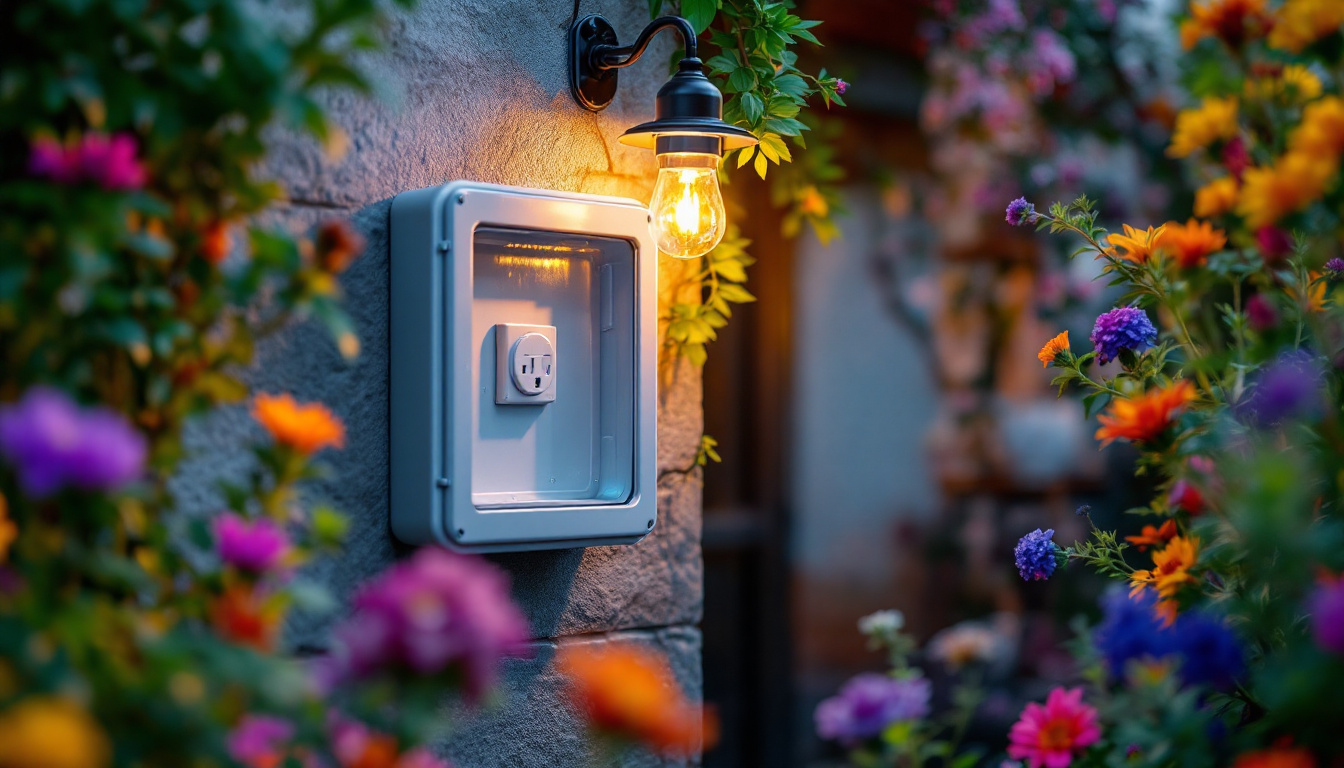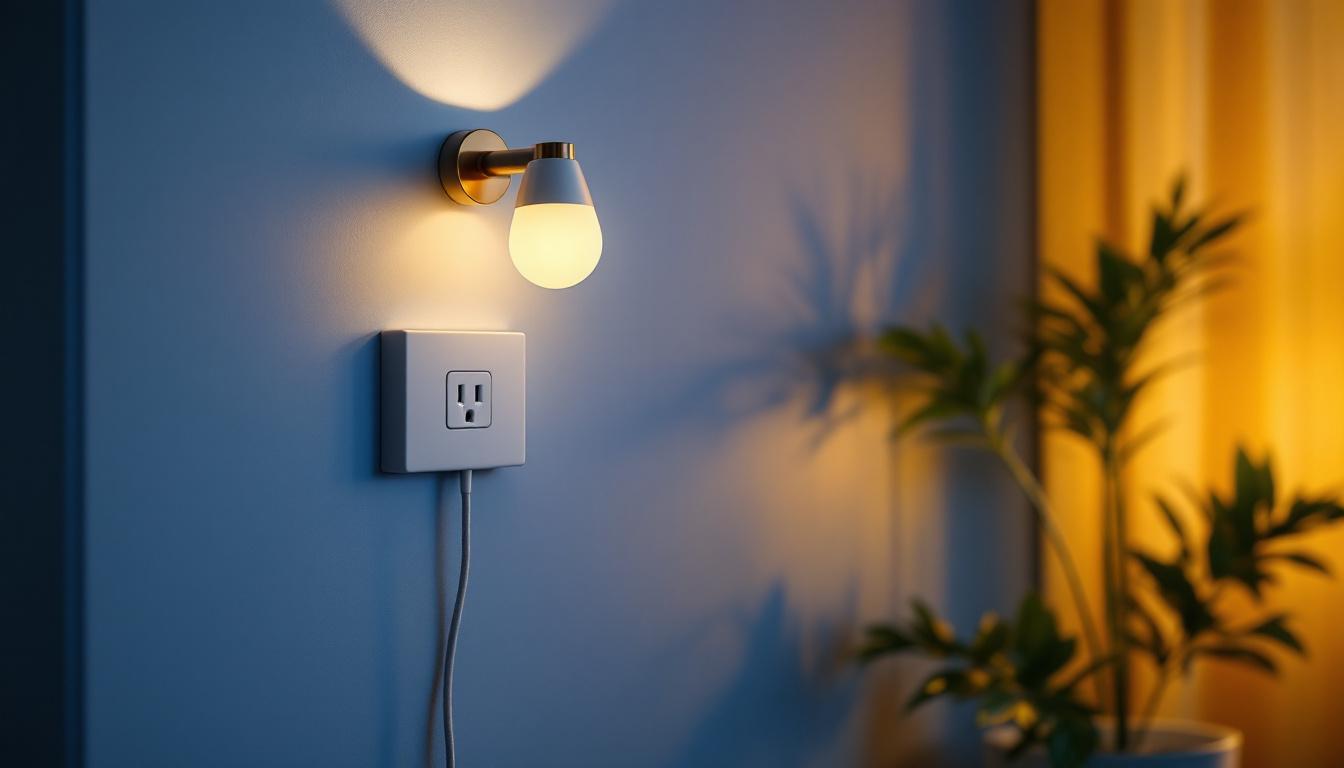
As the demand for sustainable and energy-efficient lighting solutions continues to rise, solar outdoor lamps equipped with LED technology have emerged as a popular choice among homeowners and businesses alike. For lighting contractors, understanding the intricacies of these systems is essential to delivering high-quality installations that meet client expectations. This article delves into the top strategies that lighting contractors can employ to effectively incorporate solar outdoor lamps into their projects.
Solar outdoor lamps utilize photovoltaic cells to convert sunlight into electricity, which powers LED lights. This technology not only reduces energy costs but also promotes environmental sustainability. However, the effective implementation of solar outdoor lamps requires a comprehensive understanding of their components and functionality.
Solar outdoor lamps typically consist of several key components: the solar panel, battery, LED light source, and the control system. The solar panel captures sunlight during the day, converting it into electrical energy. This energy is stored in a rechargeable battery, which powers the LED lights during the night. The control system manages the operation of the lamp, ensuring that it turns on at dusk and off at dawn.
Understanding these components allows contractors to select the right products for specific applications, ensuring optimal performance and longevity. For instance, selecting a solar lamp with a high-quality battery can significantly enhance the lamp’s efficiency and lifespan. Additionally, the type of LED used can impact brightness and energy consumption; therefore, choosing LEDs with a higher lumen output can provide better illumination for larger outdoor spaces while still maintaining energy efficiency.
One of the primary advantages of solar outdoor lamps is their energy independence. Since they rely on sunlight, they do not contribute to electricity bills, making them an attractive option for cost-conscious clients. Additionally, they are relatively easy to install, often requiring no wiring or extensive groundwork.
Moreover, solar outdoor lamps are environmentally friendly, contributing to a reduction in carbon footprints. They are also available in various designs, allowing contractors to offer aesthetic options that complement the architecture of the property. Beyond their visual appeal, many modern solar lamps come equipped with smart technology, enabling features such as motion sensors and adjustable brightness settings. These advancements not only enhance security by illuminating pathways when movement is detected but also allow for energy savings by dimming lights during periods of inactivity. Furthermore, the integration of smart technology can provide users with the ability to control their lighting remotely, adding convenience and flexibility to outdoor lighting solutions.
When installing solar outdoor lamps, several factors must be considered to ensure optimal performance. These include site assessment, lamp placement, and local regulations.
A thorough site assessment is crucial before installation. Contractors should evaluate the amount of sunlight the location receives throughout the day. Areas shaded by trees, buildings, or other obstructions may not provide sufficient sunlight for the solar panels, leading to inadequate charging and poor performance.
Additionally, assessing the soil type and drainage can help determine the best mounting solutions for the solar lamps. Proper drainage is essential to prevent water accumulation, which can damage the electrical components of the lamp. It’s also important to consider the wind exposure in the area; strong winds can affect the stability of the lamps, particularly if they are mounted on poles. Therefore, selecting a location that offers some protection from harsh weather conditions can significantly extend the lifespan of the solar lamps.
Strategic placement of solar outdoor lamps enhances their effectiveness. Lamps should be positioned to maximize exposure to sunlight while also providing adequate illumination for the intended area. For pathways, a spacing of 10 to 15 feet between lamps is generally recommended, ensuring that light coverage is consistent and effective.
Furthermore, contractors should consider the height at which lamps are installed. Higher placements can provide broader illumination, while lower placements may create a more intimate ambiance. Understanding the client’s needs and the purpose of the lighting will guide these decisions. It’s also beneficial to take into account the seasonal changes in sunlight; for instance, in winter months, the sun’s angle is lower, which may necessitate adjustments in lamp positioning. Additionally, incorporating motion sensors can enhance energy efficiency, allowing lamps to illuminate only when needed, thereby extending battery life and reducing maintenance frequency.
The market offers a diverse range of solar outdoor lamps, each designed for specific applications. Selecting the right type is vital for achieving the desired results.
Solar outdoor lamps come in various types, including wall-mounted lights, post lights, and pathway lights. Wall-mounted lights are ideal for illuminating entryways and patios, while post lights can enhance the aesthetic of gardens and driveways. Pathway lights are specifically designed to guide foot traffic safely.
Contractors should also consider the brightness and color temperature of the LED lights. A higher lumen output is suitable for areas requiring more illumination, while softer color temperatures may be preferred for creating a warm ambiance in residential settings.
Quality should never be compromised when selecting solar outdoor lamps. Contractors should opt for products that are weather-resistant and built to withstand various outdoor conditions. Look for lamps with durable materials such as aluminum or high-grade plastic, which offer longevity and reliability.
Additionally, checking for warranties and certifications can provide peace of mind regarding the product’s quality. A reputable manufacturer will often offer warranties that cover defects and performance issues, ensuring that the investment is protected.
While solar outdoor lamps require minimal maintenance compared to traditional lighting systems, some upkeep is necessary to ensure their longevity and efficiency. Contractors should educate clients on proper maintenance practices.
Dust, dirt, and debris can accumulate on solar panels, obstructing sunlight and reducing charging efficiency. Regular cleaning of the solar panels is essential to maintain optimal performance. A soft cloth and mild soap solution can effectively clean the surface without damaging the panel.
Contractors should recommend that clients check the lamps periodically, especially after severe weather events, to ensure that they are functioning correctly and that no debris is obstructing the solar panels.
Over time, the rechargeable batteries in solar outdoor lamps may lose their ability to hold a charge. Educating clients about the signs of battery failure, such as dim lighting or inconsistent operation, can prompt timely replacements. Most solar lamps use standard rechargeable batteries, making replacements straightforward and cost-effective.
Contractors should also emphasize the importance of using high-quality replacement batteries to maintain the performance and lifespan of the lamps.
Incorporating technology into solar outdoor lamp installations can significantly enhance their performance and user experience. Smart technology offers exciting possibilities for lighting contractors.
Smart solar lamps come equipped with features such as motion sensors, timers, and remote control capabilities. These features allow users to customize their lighting experience, enhancing both security and convenience. For instance, motion sensors can automatically activate the lights when someone approaches, providing illumination only when needed.
This technology not only improves energy efficiency but also adds an extra layer of security, making properties less vulnerable to intruders.
As smart home systems become increasingly popular, integrating solar outdoor lamps into these systems can provide added value for clients. Contractors can offer solutions that allow solar lamps to be controlled through smartphone apps or voice-activated devices.
This integration enhances user convenience, enabling clients to manage their outdoor lighting from anywhere. It also opens up possibilities for scheduling lights to turn on and off at specific times, further optimizing energy use.
Effectively marketing solar outdoor lamps to clients involves highlighting their benefits and addressing common concerns. Contractors should be prepared to communicate the advantages clearly and persuasively.
One of the most compelling selling points for solar outdoor lamps is the potential for cost savings. Contractors should provide clients with estimates of how much they can save on energy bills over time. Presenting a comparison of initial costs versus long-term savings can help clients see the value in investing in solar technology.
Additionally, emphasizing the low maintenance requirements can further persuade clients, as they will not need to worry about frequent repairs or replacements.
Some clients may have concerns about the performance of solar outdoor lamps, particularly in areas with limited sunlight. Contractors should be prepared to address these concerns by explaining the advancements in solar technology that have improved efficiency and performance.
Providing case studies or testimonials from satisfied clients can also help alleviate doubts, showcasing successful installations and the benefits experienced by others.
As the lighting industry continues to evolve, solar outdoor lamps equipped with LED technology represent a significant opportunity for lighting contractors. By understanding the intricacies of these systems, employing effective installation strategies, and leveraging technology, contractors can provide clients with sustainable and efficient lighting solutions.
Ultimately, the success of solar outdoor lamp installations hinges on a contractor’s ability to educate clients, address their concerns, and deliver high-quality products and services. By embracing these strategies, lighting contractors can position themselves as leaders in the growing market for solar outdoor lighting.
Ready to elevate your lighting projects with the most efficient solar outdoor lamps LED technology has to offer? At LumenWholesale, we provide lighting contractors like you with the highest quality, spec-grade lighting products at prices that can’t be beaten. Say goodbye to local distributor markups and hello to our extensive selection that meets rigorous industry standards. With free shipping on bulk orders, you can trust that you’re getting premium lighting solutions at the best value — no hidden fees, no compromises. Make your next project shine and take advantage of the perfect blend of quality, affordability, and convenience. Visit LumenWholesale today for wholesale lighting that truly outshines the rest.

Discover the essential guide to can lights with our ultimate handbook tailored for lighting contractors.

Explore the transformative world of wall sconces as the future of lighting design and installation unfolds.

Discover how to enhance your outdoor lighting setup with waterproof electrical boxes.

Discover the essential considerations for lighting contractors when installing wall sconces with outlets.